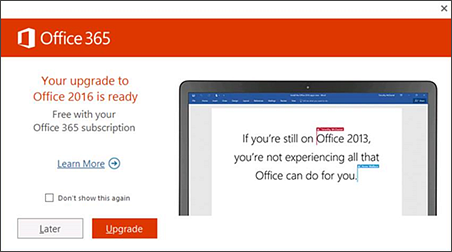

Run the following PowerShell command to install the required Windows features. Install the required Windows features.Install the Unified Messaging Communications Managed API 4.0 Runtime.Install the Windows Management Framework 4.0.

Before starting, ensure that the following prerequisites have been installed: Installing Prerequisites and Exchange Server 2016īefore proceeding to Exchange Server 2016 installation, ensure that the user in charge has the appropriate permissions to do it. After the environment has been prepared, the next task is to install Exchange Server 2016. After installation, join the server to the domain. In our case, we used Windows Server 2012. Install a supported OS this can be Windows Server 2012 Standard/Datacenter or Windows Server 2012 R2 Standard/Datacenter. If they are not on the list of supported clients, upgrade them. The next step is to find out whether your clients are supported by the Exchange Server 2016. Ascertain the important parameters of the Exchange server appropriately so that there is sufficient RAM, CPU and storage space available for the server to perform smoothly. Then read the release notes to make sure you won’t have any post-migration issues. Preparing the environmentīefore starting the migration, you need to prepare the environment and ensure that it meets all the essential system requirements. We will first install Exchange Server 2016 and then migrate data from Exchange 2013 to 2016. We, for simplicity, consider a single 2013 Exchange Server. It tackles all the viruses, spam, and faulty email flow. This Server Role makes the Exchange environment safer by providing additional layers of message protection. The Mailbox Server role contains the backend client access protocol, all the mailbox databases, transport services, and Unified Messaging services.Įdge Transport Servers are deployed in the perimeter network and handle the external mail flow. Mailbox Server Role combines the two important server roles of Exchange 2013 – Mailbox Server role and Client Access Server role. In Exchange 2016, Microsoft has retained only two server roles – Mailbox Server Role and Edge Transport Server Role:
Can i upgrade office 2013 to 2016 professional#
You can easily upgrade to Exchange Server 2016 to scale up the efficiency of professional email communication. So, if you are an Exchange 2010 user, you can consider 2016 as your best option. For Exchange 2010 users, it is the latest Exchange version to which they can directly upgrade (Exchange 2010 users cannot directly migrate to Exchange 2019). Also, it is more affordable than Exchange 2019. Though a new version (Exchange 2019) is available, Exchange 2016 is all equipped to meet the enterprise-level emailing requirements of even very large organizations. It offers improved security and data availability features and provides better integration to the cloud. Note: If you are upgrading from Exchange 2010, please see our Exchange 2010 to 2016 migration series.Īdvantages of Exchange Server 2016 over Exchange Server 2013Įxchange Server 2016 has brought the latest features and services to strengthen the email communication system of businesses.


 0 kommentar(er)
0 kommentar(er)
